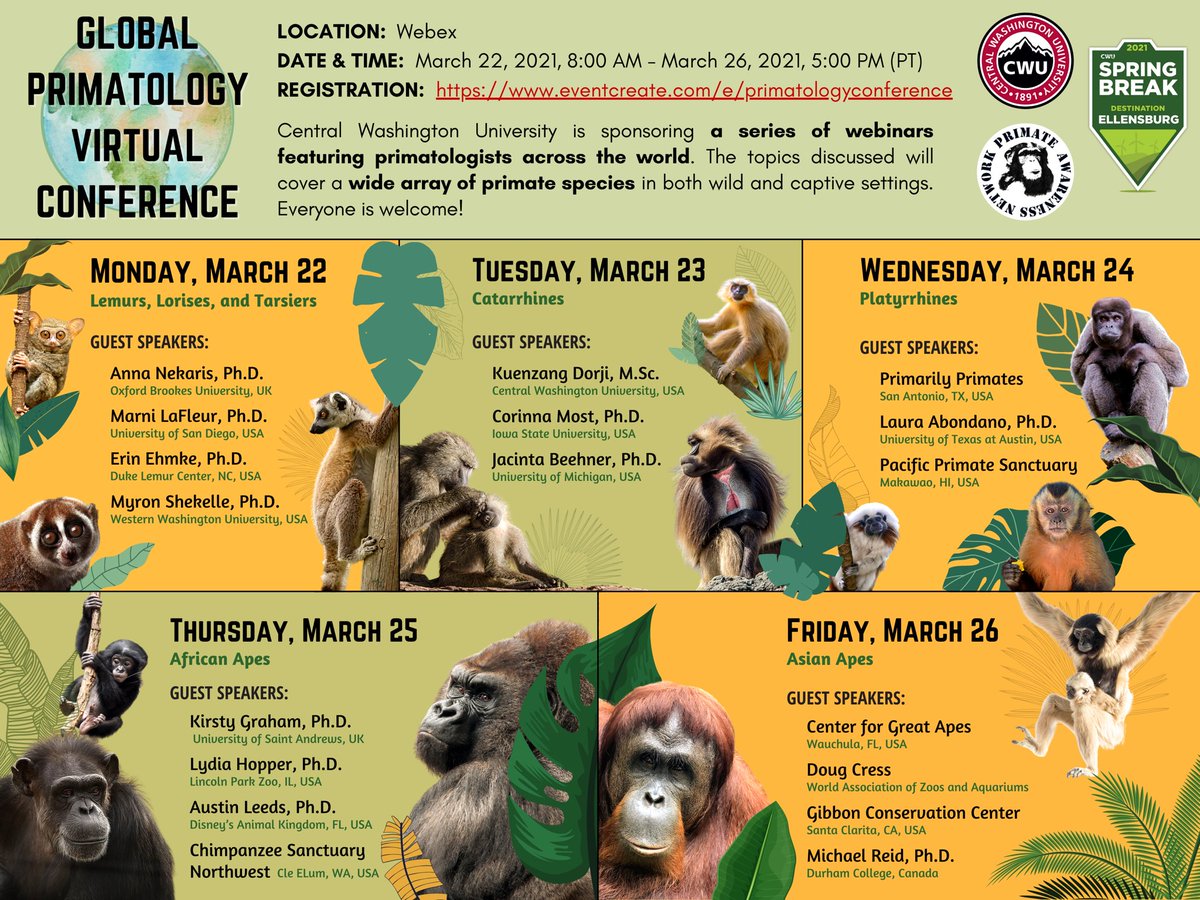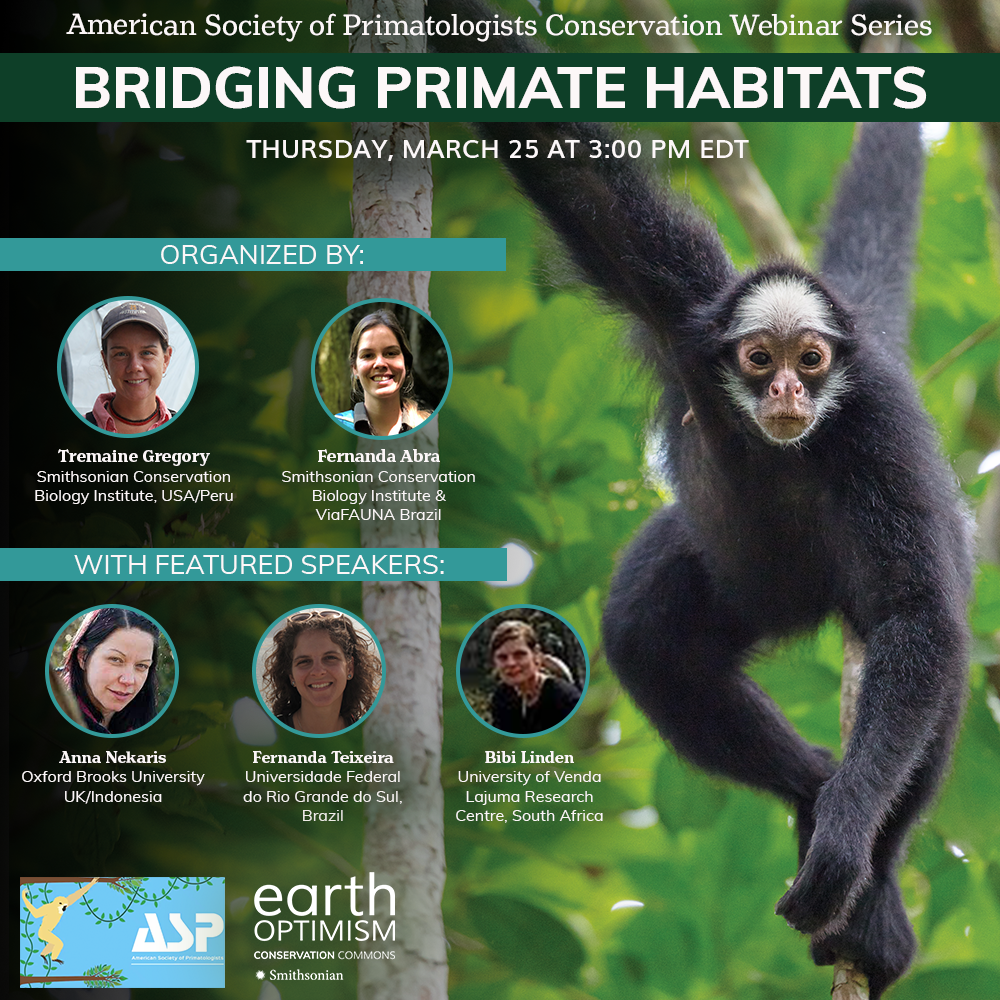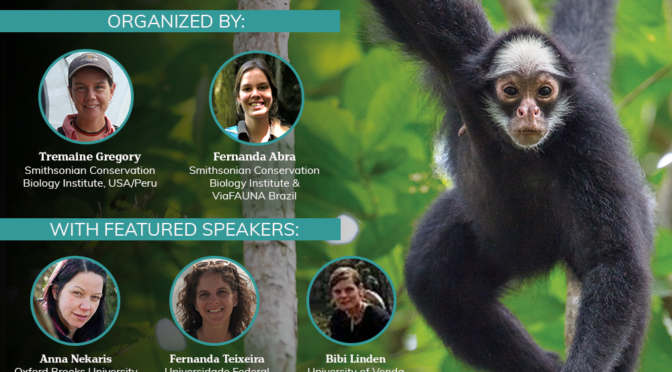Save the dates! The week of 21 March 2021 brings two opportunities to see our Little Fireface Project Director Anna Nekaris speak about slow and slender lorises – a beginner’s guide – as well as present all the gossip about our loris bridges! Here Anna describes what you can expect from these two online and free seminars.
I began my loris journey back in 1994, studying slender lorises first in captivity, then in the wild. At that time, so little wild work had been done, it was difficult to even make a plan on what to study. Similarly, by the time I started my first field study of slow lorises in 2006, only one study had been published. Indeed, these “first” field studies left us wanting to know more and created more questions than ever.

On Monday 22nd March, I will present an overview of what we know about slow and slender loris behaviour. This will be followed by a panelist discussion with LFP team members Marco Campera from Oxford Brookes University and Ahmad Ardiansyah from Waginegan University.
A main purpose of the talk will be to bust the myth of the loris that was fantasised about in 20th century text books, and which still remains embedded in the minds of many. For example, captive managers insisting to feed fruit to animals that are gum specialists; who provide tiny cages on the assumption that animals move only 10 m per night, when they move up to 10 km; or scientists who continue to use the term solitary in their evolutionary reconstructions of primate behaviour for a species that is incredibly social.
You can register here for the Global Primatology Conference not only to hear about lorises, but from different speakers throughout the week on a range of primate taxa.

Whereas Monday’s talk will be somewhat of a loris primer, Thursday’s talk for the Bridging Primates Habitat symposium of the American Society of Primatologists will provide a detailed look into our artificial canopy bridge programme. In order to provide more habitat for slow lorises and to connect existing habitats, in 2014, we began a loris bridge programme. In the talk, I will describe how we had to modify loris bridges over the years, and give examples of successes and failures. You can also read more about our bridge work in an open access paper in the journal Diversity, which describes the process we used to make bridges and the 20+ species that use them.
Online conferences are providing a unique way for people around the world to share their research and learn from others. We hope that many of you will tune in to one or other of these conferences and that it will inspire you in your own work with lorises or with canopy bridges. We are always keen to learn from you too so if you attended one of the talks and were not able to ask a question, you can always leave it here on this post as well and we will get back to you!

